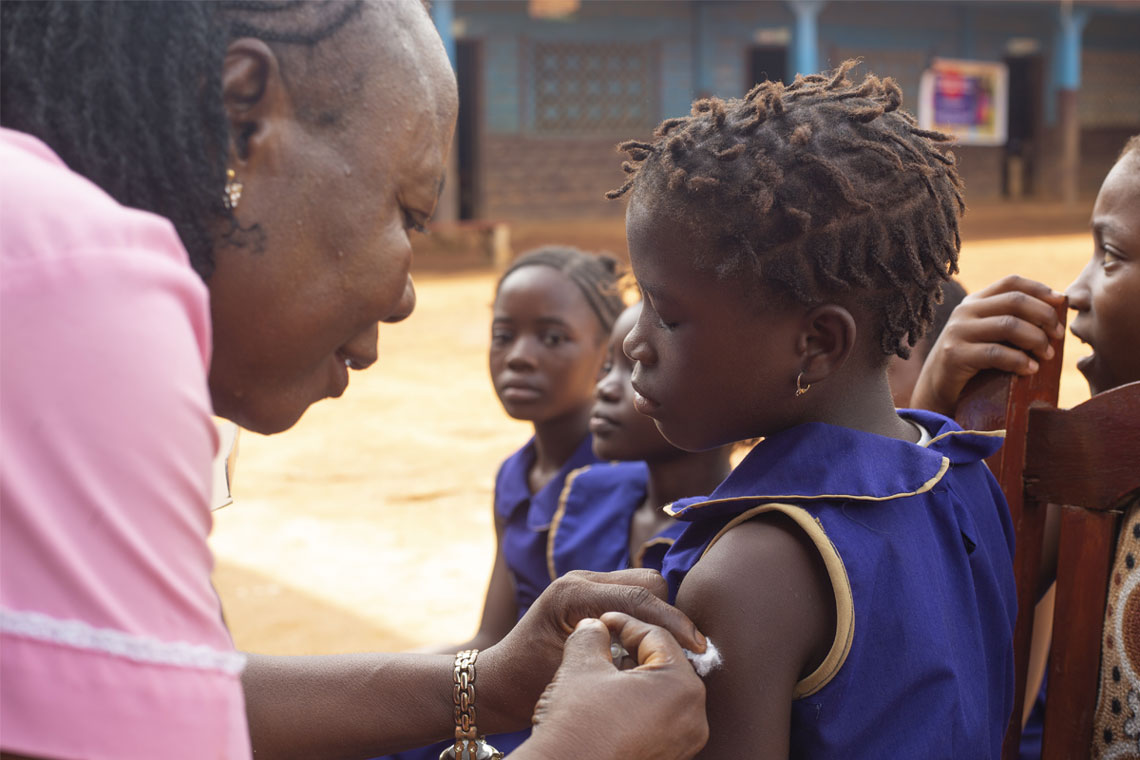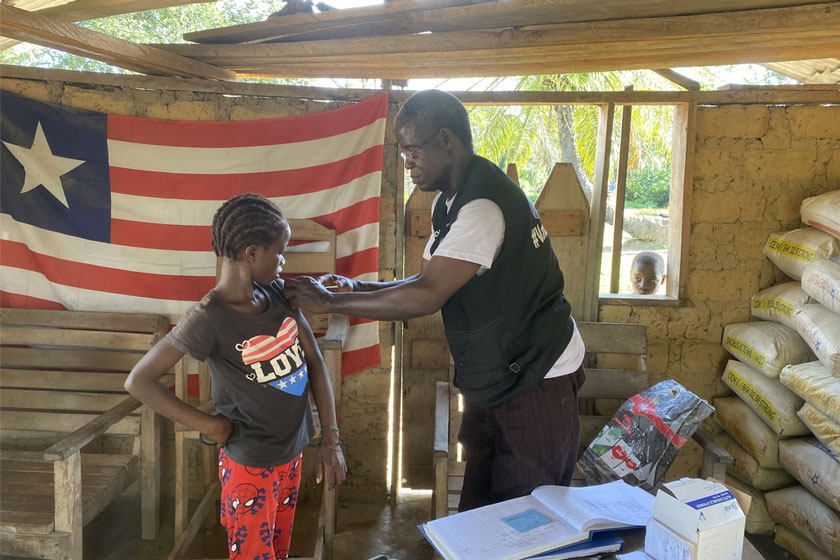Solar electricity powers improved service delivery at Kano health centres
Twenty-eight primary healthcare centres in Kano, northwestern Nigeria, have gone solar, and the effects are being felt across the gamut of services.
- 13 November 2025
- 7 min read
- by Afeez Bolaji
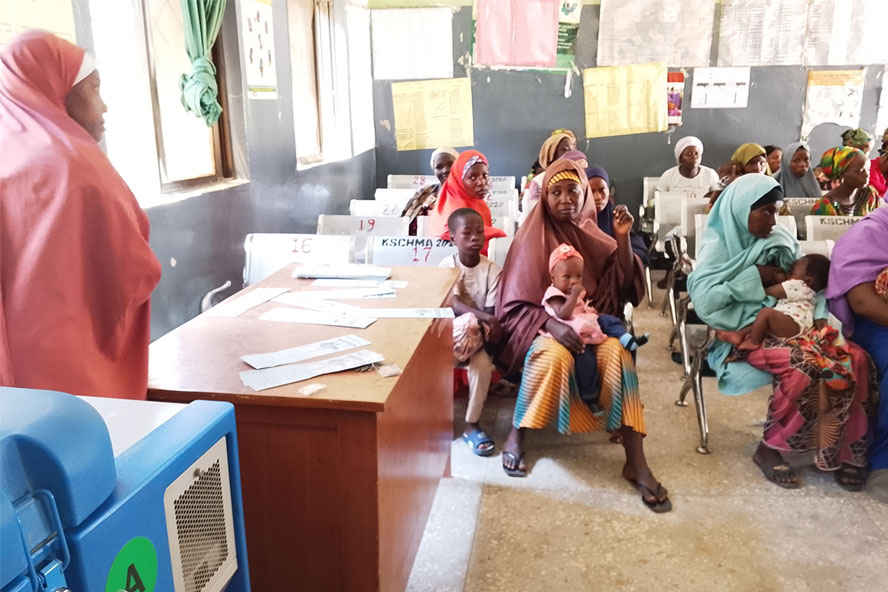
On a Wednesday morning in October, the expansive Panshekara Primary Healthcare Centre, about 15 km from Kano city in northern Nigeria, was humming with activity. Beneath the chatter from the waiting-room benches and the footfalls of busy nurses, there was the regular and reassuring drone of electricity: the buzz of strip-lights, the purr of heavy vaccine fridges, the whirr of ceiling fans, the tap-tap of keyboards documenting patient data on clinic computers.
For years, an erratic power supply from the national grid had disrupted service delivery at Panshekara PHC, leaving residents of the various surrounding villages in a difficult spot. On many occasions, patients had needed to be referred to health facilities farther away for basic healthcare services due to outages, and the hospital had literally shut down at night.
But this year, Panshekara PHC has turned the corner, as Ibrahim Muhammad, deputy head of the health centre, explains. Today, the PHC is powered by the sun, which blazes down for an average of 8.5 hours a day in Kumbotso Local Government Area.
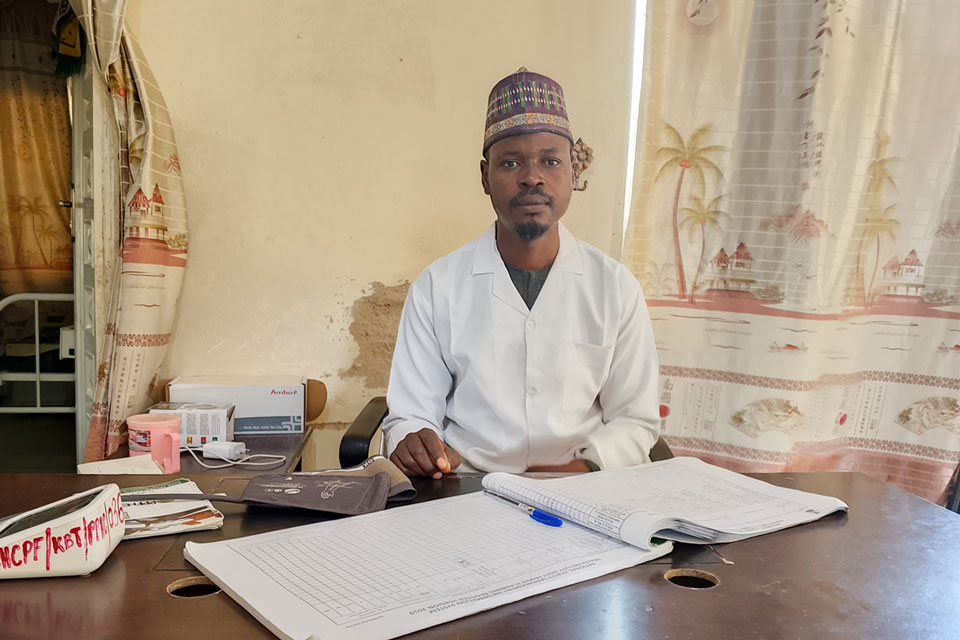
Sunrise
In June, the PHC was connected to an 8-kilowatt solar system built with support from the United Nations Children’s Fund (UNICEF), the Gates Foundation, the World Health Organisation (WHO) and Gavi, the Vaccine Alliance. In August, it became one of 28 fully solar-powered PHCs turned back over to the Kano State Government, with the aim of improving vaccine cold storage, powering essential medical equipment, and improving maternal and healthcare services across the state.
The Kano project is part of an ongoing initiative to solarise 238 PHCs across 12 states in Nigeria, with a focus on LGAs with high concentrations of “zero-dose” children – un- or undervaccinated children who often also lack access to other basic services.
In other words, need accounts for priority. Kano sees some of the highest maternal mortality rates in Nigeria, with 502.2 deaths recorded per 100,000 live births, compared to the national rate of 288 deaths per 100,000 live births. Kano’s under-five mortality rate of 15.8 deaths per 1,000 births is also higher than the national rate, of 14.7 deaths per 1,000. It’s unlikely to be coincidental that Kano also has one of the highest numbers of unvaccinated children in Nigeria. In 2023, at the time of the latest National Demographic Health Survey, 35.5% of kids qualified as “zero-dose” – higher than the 30.9% rate recorded nationwide.

But with 28 PHCs including Panshekara now enabled to function at full capacity under an uninterrupted power supply, Muhammad says Kano is poised to roll back zero-dose rates, and concurrently, maternal and child mortality rates.
Brightly-lit wards
Before the solar system installation, many pregnant women in labour were referred to higher hospitals like Murtala Mohammad Hospital or Abdullahi Wase Specialist Hospital due to power failure, he recounts, but things have changed for the better.
“Since June, when the solar power was installed, we have recorded a lot of improvement in the hospital,” he tells VaccinesWork. “We have stopped referring pregnant women to those hospitals, except for a few cases that are beyond our capacity.
“[Women] used to give birth in darkness and under heat, with health workers relying on rechargeable lamps. Now, the labour room is bright and well-ventilated, making delivery safer and more comfortable. Between 130 and 150 pregnant women now give birth here every month, up from 35 to 55 deliveries,” Muhammad says.
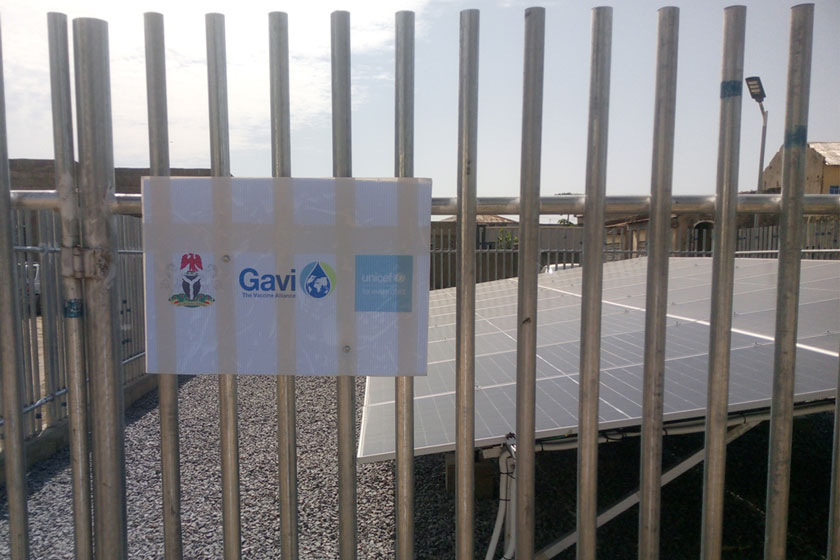
Muhammad explains that even the cost of laboratory tests has reduced because the hospital no longer has to spend money for generator fuel and maintenance. Medicines are stored safely, and borehole water, which used to be a major challenge, is always available, he reveals.
"We have conquered fears of working in darkness at night for security reasons. Everywhere is well lit at night, and safe. Before the installation, we usually struggled with generator issues – fuelling, frequent repairs, and the disturbing noise. The generator often broke down while patients waited for tests or treatment and medicines spoiled due to heat,” he adds.
Vaccines stay cool, trust on high
The solar power has also made a huge difference in the clinic’s vaccination department, which relies on refrigeration to keep a large part of the childhood vaccination portfolio potent. “People now have confidence that our vaccines are well-preserved,” Muhammad says.
Have you read?
Maryam Abubakar, who had brought her six-month-old son in for vaccination on this October Wednesday, said, “The number of mothers who brought their children for immunisation today was more than I had ever witnessed. The service has really improved and we are all excited. Despite the crowd, we are comfortable because there is electricity and the fans are working; everywhere is cool.”
Kano town electrified
Similar stories were reported from other solarised PHCs. At Kundila PHC in Kano city, for instance, Maimuna Muhammed Yusuf, the facility head, said, “I have been working here for over 15 years. Since this solar power was installed about three months ago, health services have improved dramatically. We used to keep vaccines at a hospital, which is a bit far, because there was no electricity here. Parents who brought their children for immunisation had to wait for us to go get those vaccines. Some of them would not. That has changed. All the vaccines are being kept in the hospital’s storage facility now and more caregivers are bringing their children for immunisation because we attend to them on time.”
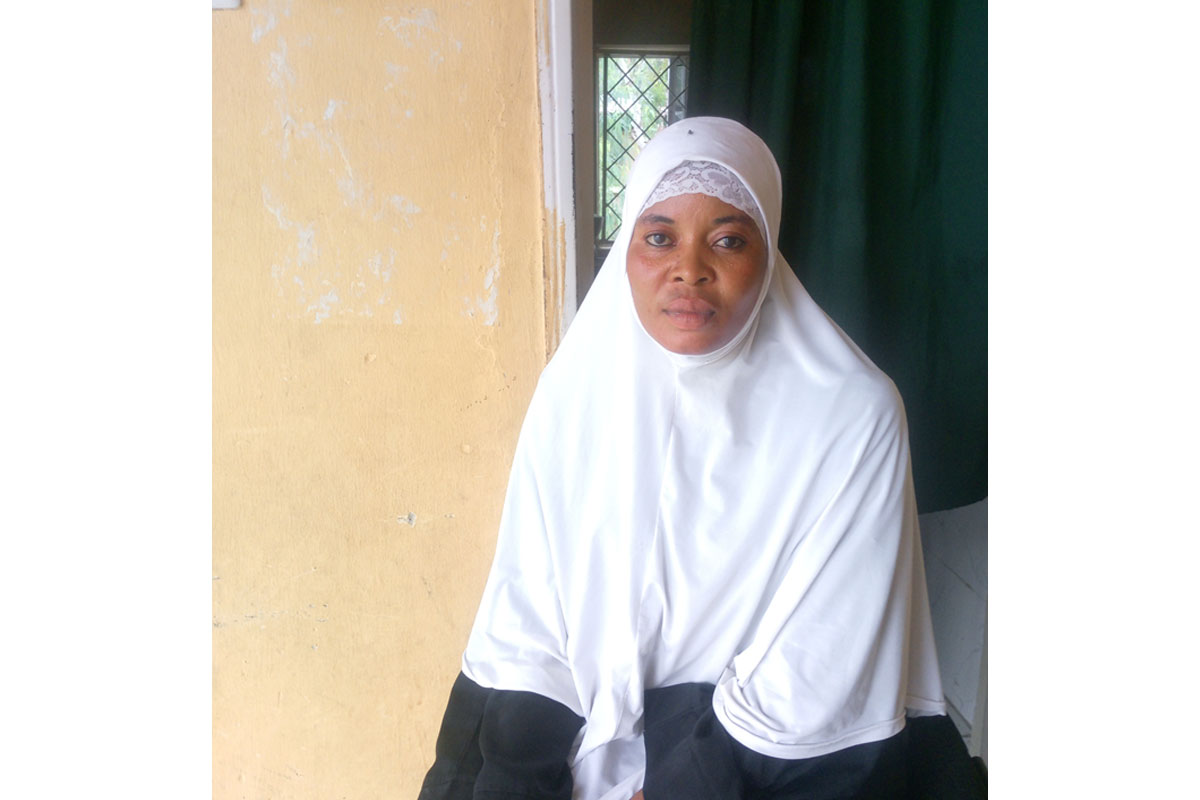
Yusuf’s colleague, Umma Abdullahi Isma’il, a nutritionist, reported that monthly hospital visits have increased from 400 to about 700, and the centre now provides family planning and antenatal services effectively, thanks to constant power supply.
“Pregnant women were always eager to leave the hospital because of heat; now there is regular electricity to power fans… Before now, patients had to wait to do tests if there was no electricity, but with the installation of solar power, all tests are being conducted with ease. The laboratory is also working 24 hours,” she explains.
“Best” tactic for improved vaccine coverage
Professor Salisu Ahmad Ibrahim, Director General, Kano State Primary Health Care Management Board, says solarising the hospitals provides a reliable fix to one of the keystone problems for vaccination: reliable vaccine refrigeration.
“It will improve vaccine potency, enhance service delivery, and create a safer, more efficient environment for both health workers and patients. And we have already started seeing remarkable improvements. Health workers now report uninterrupted immunisation sessions, reduced vaccine wastage, and better storage of temperature-sensitive commodities,” he said.

"Mothers can now access services even during late hours, and deliveries at night are being conducted under better lighting conditions. The general morale of health workers has also improved because they can now work efficiently without power interruptions," he added.
Ibrahim explains that routine immunisation coverage in the state has risen this year, with sustained efforts to reach the remaining underserved populations.
“This improvement is largely due to strengthened coordination, community engagement, and support from our development partners. While the state has made notable progress, we still have pockets of zero-dose children – those who have never received any vaccine – mainly in hard-to-reach and underserved communities.
“The solarisation of PHCs will contribute significantly to reducing this rate by ensuring that vaccines remain potent and available at all times. With a better power supply, health workers can conduct more outreach sessions and maintain functional cold chain systems. This ultimately increases trust and uptake among caregivers, leading to improved immunisation coverage and reduced zero-dose prevalence,” he adds.
Professor Isa Abubakar, former director of the Centre for Infectious Diseases at Aminu Kano University Teaching Hospital, put it simply: “Solarising hospitals is the best.”




